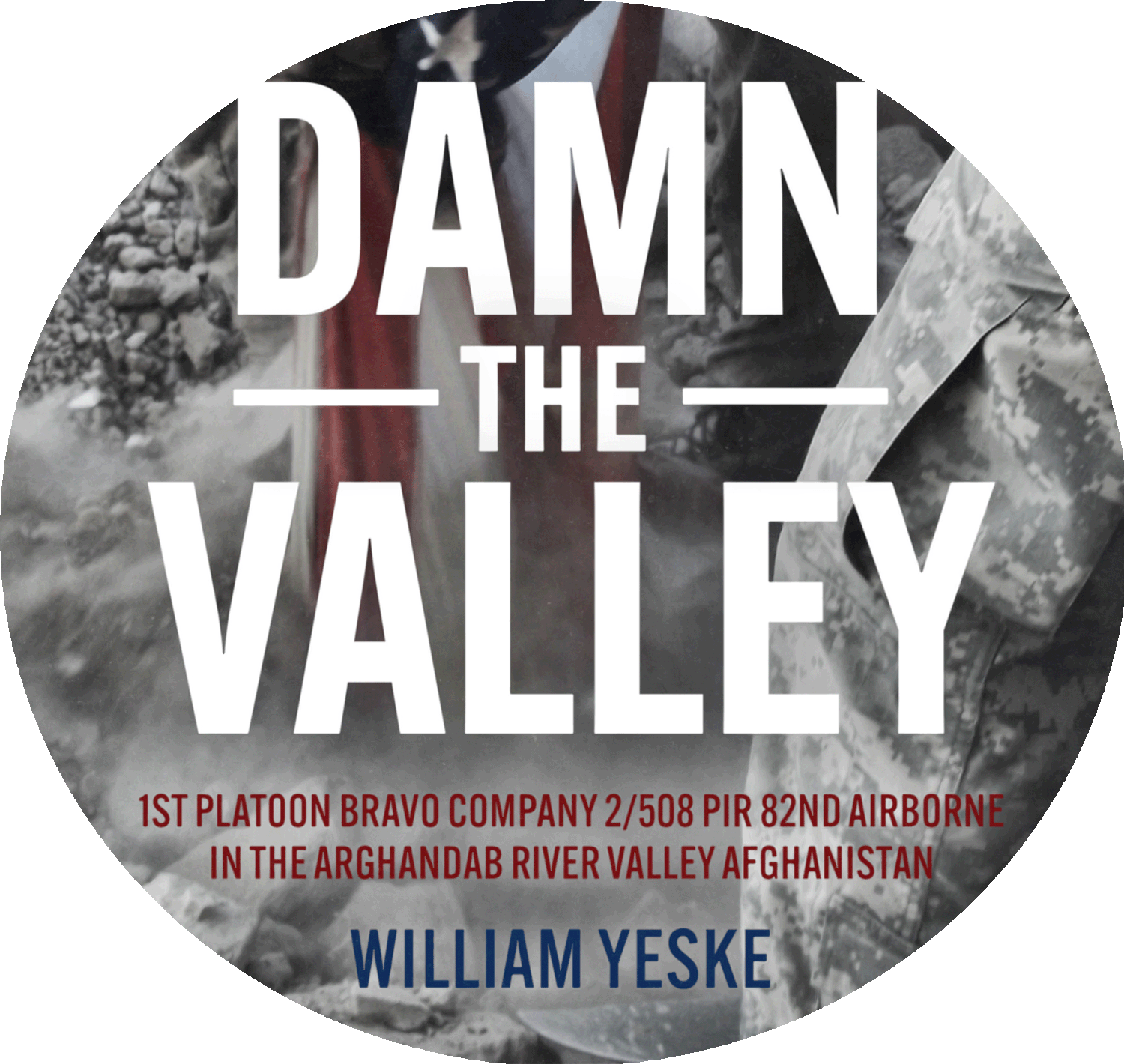Battle of Kandahar - 1880
A look into the valley from a historical perspective that was taken from a blog as I did additional background research on the Arghandab River Valley and it’s bloody past. The following is an excerpt that included the town of Pir Pamal, an area we would frequently patrol ourselves in 2010 as soldiers of 2 Fury.
Pir Paimal.
When Roberts and his Kabul-Kandahar Field Force reached the vicinity of Kandahar, Ayub Khan's army had just abandoned their siege of the city, occupied and in some cases entrenched all of these positions, creating a very strong defensive line from which to resist a British advance. The only weakness of this new position was that it left the Afghans with their backs to the Arghandab River. But though this section of the river had no bridges, it featured 3 fords, spread rather evenly from one end of the coming battlefield to the other, with the Northern-most ford in line with the Babi Wali Kotal road.
Ayub's army was reported to include 4,800 regular infantry & artillery serving 32 guns, and 8,000 irregular Tribesmen and Ghazi religious fanatics. Some sources (including Roberts' autobiography) also mention 2,000 regular cavalry. Is that 2,000 additional "Afghan regulars" or were those 2,000 cavalry troopers already included in the 4,800 "regulars" count? I don't really know. I also found one contemporary reference to 3,000 Afghan cavalry. Does that mean there were 2,000 regular sowars plus another 1,000 tribal horse? One month earlier Ayub Khan's army at Maiwand included 3,000 Jamshidi & Kohistani tribal horse and 1,000 Kabuli regular cavalry AKA: "sowars". It's certainly possible another 1,000 regular cavalry rode to join his victorious ranks, and it's also possible that a large portion of the mounted tribesmen who survived the Battle of Maiwand left for home with booty (perhaps including the regimental colours of the 66th Berkshires), tales of glory, and the bodies of their comrades who hadn't been so lucky.
Beyond those suppositions there's nothing to go on -- except for the numbers of Afghan regular and irregular cavalry I have in my collection, and also the fact that I have yet to read any mention Afghan cavalry of any sort taking an active part in the battle in any contemporary or later report. So if any Afghan regular cavalry were there -- and it seems probable there were at least the 2,000 troopers specifically mentioned by Roberts himself -- maybe they were held in reserve and at some point chose to withdraw from the field without having had any involvement in the battle.
Much more specific and definite information is available on General Roberts' army. As mentioned above it was one of the largest assembled during the war. On the day of the battle he had 8,400 of troops who had marched from Kabul with him, plus 4,110 men of the Kandahar garrison, whom he had just relieved from their month-long besiegement.
More can be found at the following link

